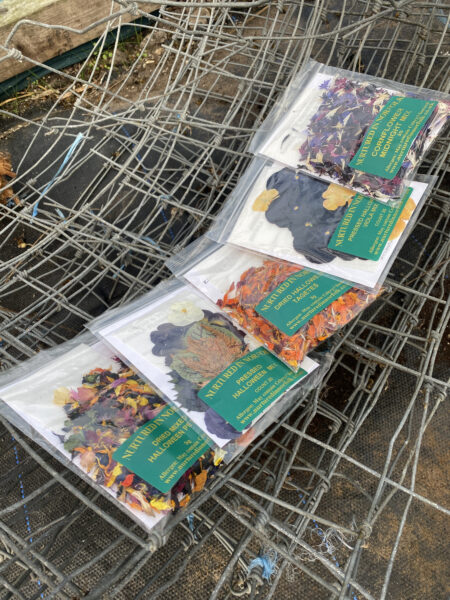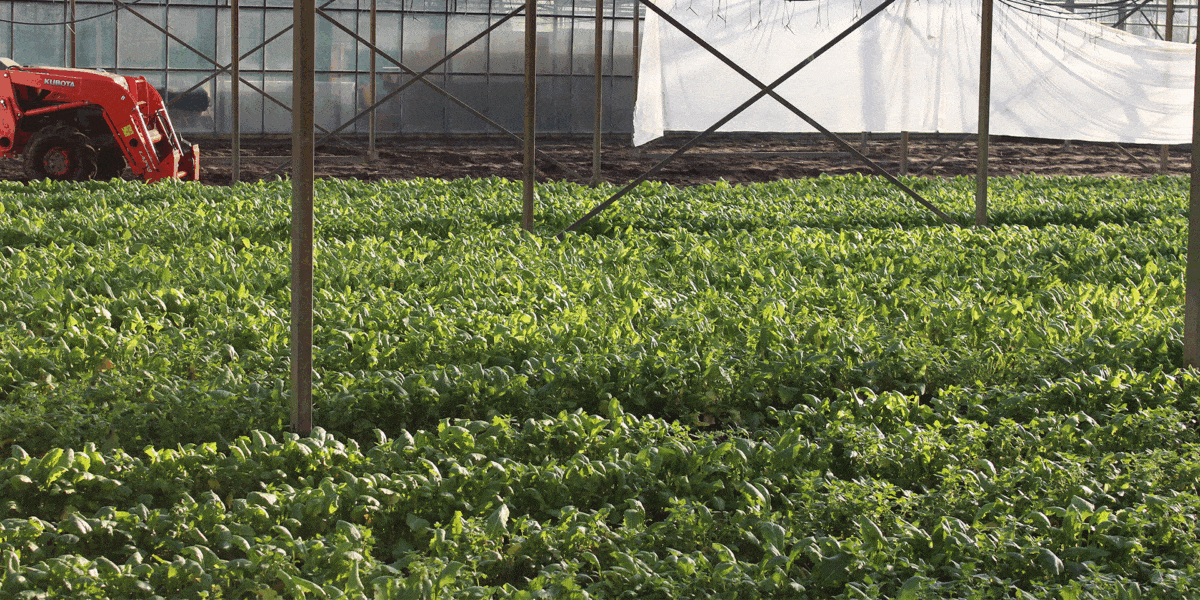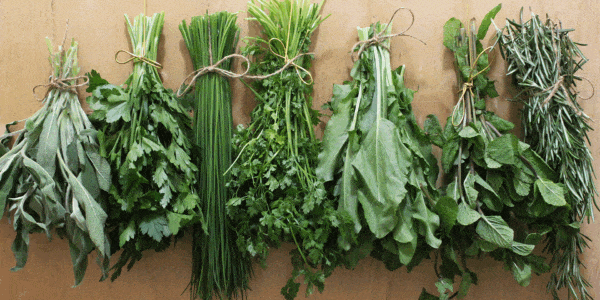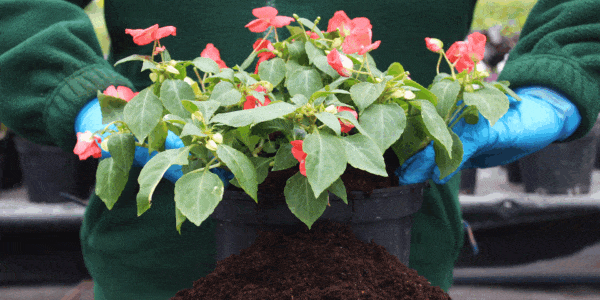 20 October 2022 | Horticulture Hacks
20 October 2022 | Horticulture Hacks
Brassica plants many useful hints and tips

Nurtured in Norfolk’s gardening expert Martyn Davey answers all your questions.
If you would like any horticulture query answered please do e-mail our head grower at martyn@nurturedinnorfolk.co.uk to add your thoughts to our weekly horticulture hacks.
Dear Martyn,
Could you help me please I have recently taken on an allotment it has been hard work to get it to a point that I am able to start planting, so I was pleased to have been given some cabbage plants to start my plot off. The friend that gave them to me warned me about the problems they had with pigeons and suggested netting them to stop any damage from birds. However I now seem to have a large number of white butterflies all over them will these do any damage should I be concerned?
Gates email
Dear Reader,
When growing your own vegetables, it can seem like everything wants to eat them and the most vulnerable are cabbages and other brassicas that can be extensively holed by caterpillars feeding on the large green leaves through the summer. These caterpillars are from eggs laid by the large and small cabbage white butterfly.
Caterpillars are the larval stage of various butterflies and moths. There are several species of caterpillar that feed on cabbages, other brassicas and other plants including turnip, swede, horseradish and nasturtiums. Large cabbage white butterfly caterpillars are yellow and black with obvious hairs on their bodies. Those of small cabbage white butterfly are pale green and covered in short, velvet-like hairs. Cabbage moth caterpillars are yellowish green or brownish green, with no obvious hairs on their bodies.
Caterpillars of cabbage moth and small white butterfly can be more damaging as they bore into the hearts of cabbages, whereas the yellow and black caterpillars of the large cabbage white stay mostly on outer leaves.
Cabbage caterpillars are food for many other creatures including social and parasitoid wasps, and some birds. Large cabbage white caterpillars are often infected with the parasitoid Cotesia glomerata, the larvae of this wasp burst out of the caterpillar and spin yellow cocoons.
Growing brassicas under fine netting or horticultural fleece can exclude adult butterflies and moths from laying eggs on the crop. Care must be taken to ensure the netting does not touch the plants or the adults can lay eggs through it. Inspect plants regularly and pick off the pale yellow butterfly eggs, white spherical moth eggs and caterpillars when seen.
A biological control is available for caterpillars, this is supplied as a mixture of pathogenic nematodes, (sold as Nemasys Fruit and veg nematodes), suppliers of which can be found in the biological control leaflet available online and in some larger garden centres. The longer the treated caterpillars and foliage stay wet, the greater chance of the treatment being effective, so apply during cool dull/ damp weather.
When using chemicals on food plants ensure that the crop is listed on the pesticide label and that all instructions are followed, particularly those on harvest interval, spray interval and maximum number of applications. Organic sprays, such as natural pyrethrum (e.g. Bug Clear Gun for Fruit & Veg, Ecofective Bug Killer) can give good control of cabbage caterpillars. These pesticides have a very short persistence and so may require reapplication to keep the insects in check. The organic pesticides are not restricted in number of applications and could be used up to one day before eating the produce.
More persistent insecticides include the synthetic pyrethroids lambda-cyhalothrin (e.g. Westland Resolva Pest Killer), deltamethrin (e.g. Provanto Ultimate Fruit & Vegetable Bug Killer) and cypermethrin (e.g. Py Bug Killer).
Jobs for this week in the garden.
Keep an eye out for Clematis wilt which can cause clematis to die back, if they get it cut them back to ground level they will often recover.
Wild flower meadows have finished flowering and set seed cut them back now allow the seed to fall on the ground, wait a couple of weeks then rake the vegetation off.
Now is the time to harvest peaches and apricots if you are lucky enough to have grown some.
Martyn Davey – Head Grower

